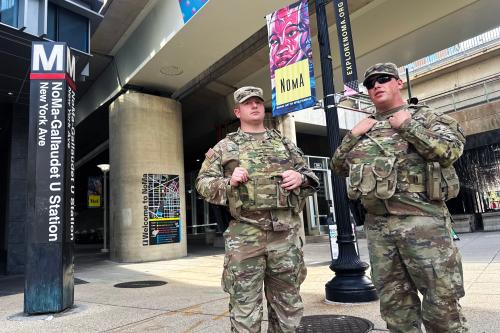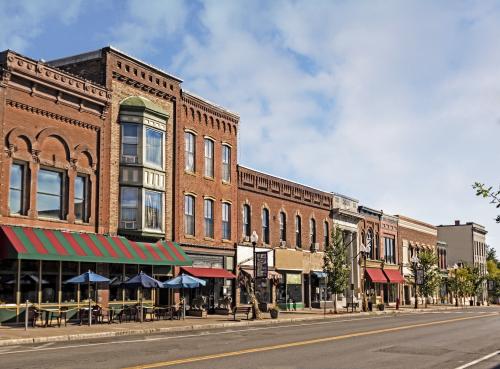Editor’s Note: This opinion piece was later published in the Ottawa Citizen.
Usually, no one pulls out the stops for seventh anniversaries. Whether we are celebrating accomplishments or remembering tragedies, seventh anniversaries tend to pass with little fanfare as we wait for the reckoning of the ten or twelve year mark. The seventh anniversary of Hurricane Katrina hitting New Orleans would likely have passed with little ado beyond the Gulf Coast, if it weren’t for the bleak irony of Hurricane Isaac heading for the city on the same week that Katrina hit in 2005.
Isaac’s arrival has a double irony for me, as I am presently in New Orleans to conduct interviews with local leaders on the long struggle to enable the return of residents displaced by Hurricane Katrina. Much has changed in New Orleans since the arrival of Katrina and the breaking of the levees that devastated the city seven years ago. Disaster preparation has improved. Strengthened infrastructure is in place, and city and state officials are providing comprehensive information on the storm. Those who have chosen to evacuate are leaving in an orderly manner. Across the city, those who are “sheltering in place” are executing their preparations, stocking up on food and water and boarding up windows. Plans have been devised and are being implemented to account for the needs of prison inmates and hospital patients, two groups who suffered particularly from the government’s colossally inadequate response in 2005. Swaths of the city have been rebuilt, with New Orleans ranking as the fastest growing city in the US between 2010 and 2011.
The changes have been dramatic, but they are not all positive. Thousands of New Orleanians have been unable to return to their homes. From 484,674 in 2000, the city’s population has fallen to 360,740, a difference of 123,934 residents. As many people remarked to me this week, evacuating is expensive – and returning and rebuilding devastated homes is even more so. It is impossible to know for sure how many of those displaced by Hurricane Katrina have actively chosen to stay in the communities they moved to in 2005, and how many would like to return but have been unable to do so. What is certain is that although wealthier residents have, by and large, been able to return, for thousands of poor and even middle class New Orleanians, return has not been a real option. The barriers range from miles of red tape to cut through to access the government’s (now-completed) “Road Home” program, to the dismissal of all the teachers working for the Orleans Parish School Board, leaving 7,500 residents out of work. Despite not being severely damaged by the storm, thousands of public housing units were razed. Sufficient alternative affordable housing is still not available. In fact, New Orleans has the second highest rate of homelessness in the United States, and one of the highest crime rates, deterring return for those who cannot afford to live in a safe part of town.
I’ve been told that amongst many in the city, there is a sense that seven years after the disaster, it’s time to stop talking about Katrina. Instead of fixating on the past and complaining about what hasn’t been done, some say, it’s time to focus on the future of the city. Yet as another – much weaker – hurricane approaches the city, it’s clear that this is easier said than done. It’s also clear that this would come at the expense of those who are still struggling to return and rebuild their homes. On my way out this afternoon to pick up some last supplies, I passed dozens of homeless people sheltering from the start of the rain under a city bridge – a stark reminder that for all things have changed in New Orleans since Katrina, there is still such a long way to go.
The Brookings Institution is committed to quality, independence, and impact.
We are supported by a diverse array of funders. In line with our values and policies, each Brookings publication represents the sole views of its author(s).



Commentary
Waiting on Isaac, Reflecting on Katrina
August 28, 2012